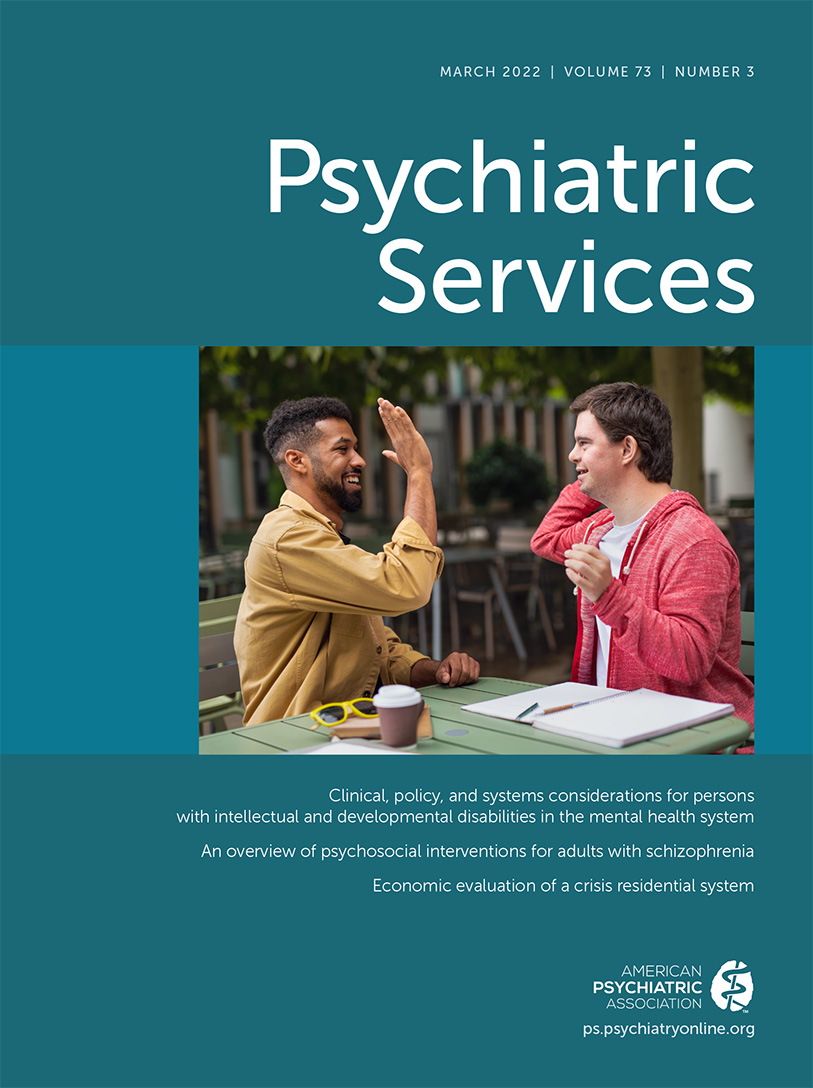Development, Testing, and Dissemination of a Public-Facing Tool to Help Consumers Find Higher-Quality Addiction Treatment
Abstract
Objective:
The authors aimed to describe the development and testing of quality measures included in a public-facing addiction treatment facility search engine.
Methods:
An addiction treatment facility survey was created that queried providers in six U.S. states about whether they offered the services and used the processes identified by federal agencies and nonprofit organizations as signs of higher-quality addiction treatment. Four insurance claims–based quality measures were created to capture the percentage of a provider’s patients with opioid use disorder receiving opioid use disorder medications, who filled prescriptions for such medication for at least 180 days, who received follow-up care after treatment for substance use disorder in inpatient or residential settings, or who had a substance use disorder–related hospitalization or emergency department visit. A patient experience-of-care survey captured patients’ perceptions of the quality of the addiction treatment. The project was undertaken from November 2018 through July 2020.
Results:
The authors tested the measures by using 1,245 facility surveys, 7,970 patients’ experience-of-care surveys, and four claims-based measures submitted by 129, 136, 283, and 408 addiction treatment providers. Statistical testing demonstrated that the quality measures were reliable and valid. The quality measure scores varied among providers, capturing a wide performance range. A public website containing quality measures launched in July 2020 in the six states and has been accessed by thousands of consumers.
Conclusions:
This study developed valid, reliable, and useful addiction treatment quality measures. Dissemination of these measures may help consumers select among providers and help providers, policy makers, and payers improve quality.



